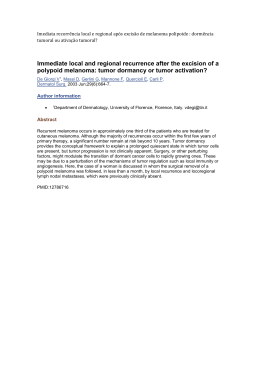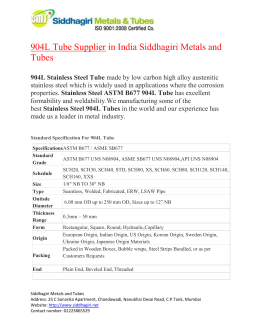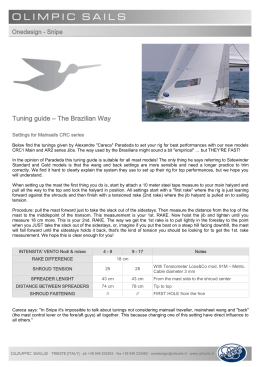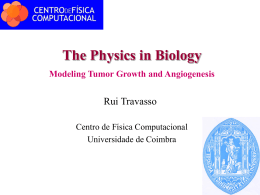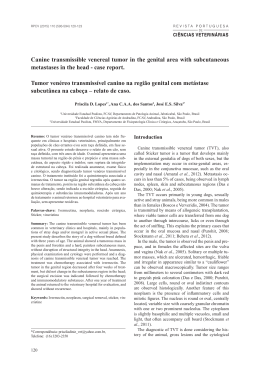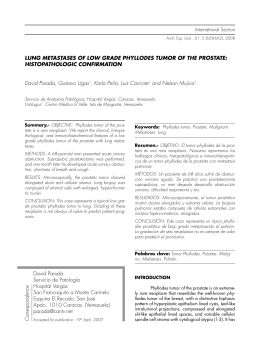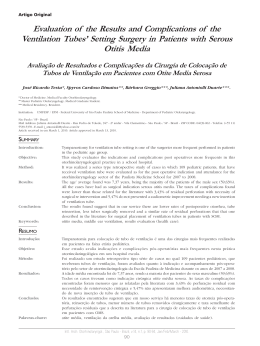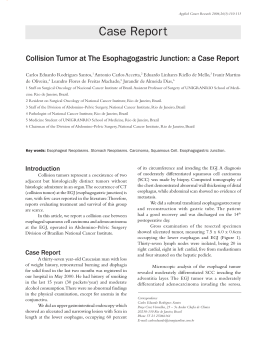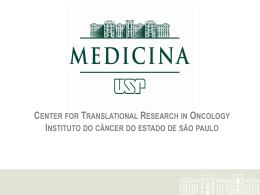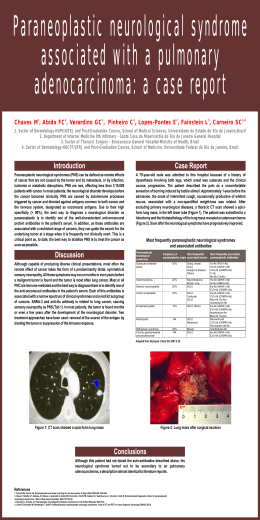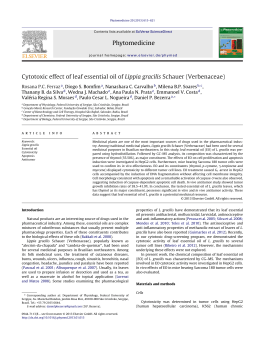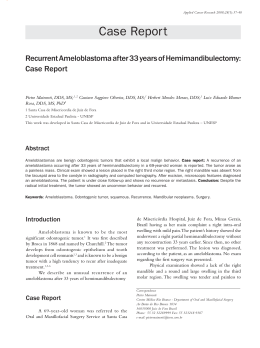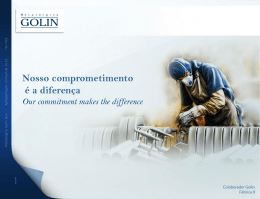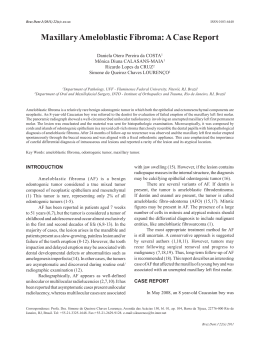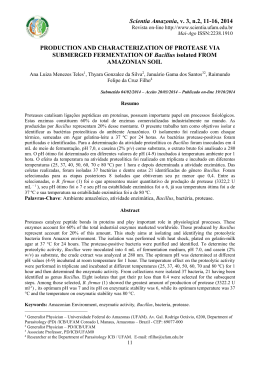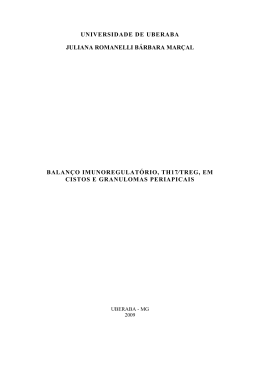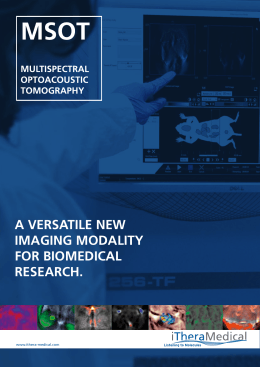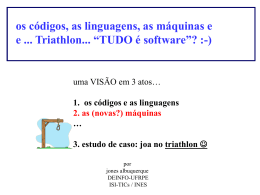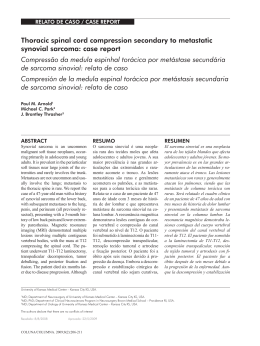THE ROLE OF MAST CELL PROTEASES IN TUMOR ANGIOGENESIS Dr. Maria Célia Jamur University of São Paulo Ribeirão Preto Medical School Department of Cell and Molecular Biology MAST CELLS Local effector cells of the immune system that participate in : Defense of the host organism • Inflammatory reactions • Elimination of parasites • Innate immunity against bacterial and viral infections • Allergic reactions Diseases • Asthma • Diseases of the central nervous system: Alzheimer’s disease • Diseases of the cardiovascular system: Atherosclerosis • Tumor Progression IgE EM MAST CELL FUNCTION IS RELATED TO THE RELEASE OF MAST CELL MEDIATORS Newly Formed Mediators Phospholipase A2 Activation Antigen FcRI Chemotactic leukotrienes Prostaglandins Thromboxanes Activating Factors, PAF Preformed Mediators Granule Release Newly Synthesized Mediators Transcription Factor Activation Growth Factors Cytokines Histamine Heparin Enzymes Chemotactic factors Mast cell specific proteases TUMOR INDUCTION DMBA TPA 1 week BALB/c mice INITIATION PROMOTION PROGRESSION DMBA (7,12-Dimethylbenz(a)anthracene) TPA (12-O-Tetradecanoylphorbol-13-acetate) Diagram Modified from the German Cancer Research Center TUMOR MORPHOLOGY CHANGES WITH TUMOR PROGRESSION Control Phase I Phase II Keratin cyst Phase III H&E The division into morphological phases facilitates the analysis of mast cells during tumor progression. Sundberg, JP, et al., Mol. Carcinog., 1997 de Souza, Jr., et al., PLoS One, 2012 MARKERS OF TUMOR PROGRESSION INCREASE WITH TIME PLC Gama Alpha Actina Expression of aV and b3 integrin subunits de Souza, Jr., et al., PLoS One, 2012 MAST CELL NUMBERS INCREASE IN THE DERMIS DURING TUMOR PROGRESSION de Souza, Jr., et. al, PLoS One, 2012 MAST CELL SPECIFIC PROTEASES Exclusively expressed by mast cells and include chymases, tryptases and carboxypeptidase A These proteases constitute ~25% of the granule content Stored as active enzymes Implicated in several pathological conditions: • Arthritis • Allergic airway inflammation • Glomerulonephritis • Aortic aneurism • Tumor angiogenesis Caughey, Immunol. Reviews, 2007 Pejiler et al., Blood 2010 da Silva et al., J.Histochem. Cytochem, 2014 MOUSE MAST CELL SPECIFIC PROTEASES PROTEASE MW CLASS TYPE ACTIVITY Chymase ~36 kDa Serine protease mMCP-1, 2, 4 Chymotrypsin-like mMCP-5 Elastase Tryptase ~36 kDa Serine protease mMCP-6, 7 Trypsin-like Carboxypeptidase A ~50 kDa Metalloprotease mMCP-CPA Carboxypeptidase Pejiler et al., Adv. Immunol. 2007 EXPRESSION OF MAST CELL SPECIFIC PROTEASES IS ALTERED DURING TUMOR PROGRESSION Chymases Tryptases mMCP-4 mMCP-6 mMCP-5 mMCP-7 Carboxypeptidase A CPA de Souza, Jr. et al.,PLoS One, 2012 ENZYMATIC ACTIVITY OF CHYMASE AND TRYPTASE INCREASE WITH TUMOR PROGRESSION Chymase Tryptase de Souza, Jr., et al., PLoS One, 2012 BLOOD VESSEL NUMBER AND DIAMETER INCREASE DURING TUMOR PROGRESSION Blood vessels immunolabeled with anti-vonWillebrand factor Blood Vessels/Area % Field Covered Mean Vessel Diameter Area = 1.9 mm2 de Souza, Jr., et al., PLoS One, 2012 THERE IS A POSITIVE CORRELATION BETWEEN BLOOD VESSELS AND MAST CELLS NUMBER AND PROTEASE EXPRESSION Number of Vessels/Field* % of Field* Covered by Vessels Correlation coefficient (r) Significance (p) Correlation coefficient (r) Significance (p) Number of Mast Cells 0,98 0,018 0,94 0,05 Protease Expression (r) (P) (r) (P) mMCP-5 0,98 0,016 0,95 0,04 mMCP-6 0,92 0,07 0,97 0,02 mMCP-7 0,99 0,007 0,96 0,03 mMC-CPA 0,99 0,009 0,95 0,04 *Field = 1.9mm2 Tumor Progression Mast Cell Proteases Blood Vessels Modified from Coussens L M et al. Genes Dev. 1999;13:1382-1397 IN VITRO ANGIOGENESIS TUBE FORMATION ASSAY Tubes L Branch points Wimasis WimTube Ibidi µ-Slide Angiogenesis® rMMCP-6 AND -7 ACCELERATED TUBE FORMATION BY ENDOTHELIAL CELLS SVEC4-10 CELLS SVEC4-10 CELLS without proteases rmMCP-6 SVEC4-10 CELLS rmMCP-7 L L L A few cells are spread and occasional tubes are seen L Cells are spread and tubes and loops are present Tube L Tubes and loops are more prevalent L = Loop Cells were cultured for 5 hours at 37°C on Geltrex, fixed, stained with phalloidin conjugated to Alexa 488 and counterstained with DAPI . rMMCP-6 AND -7 ACCELERATE TUBE FORMATION AND MATRIX PENETRATION Control rmMCP-6 rmMCP-7 Cells were cultured for 5 hours at 37°C on Geltrex Scanning Electron Microscopy CO-CULTURE OF SVEC4-10 ENDOTHELIAL CELLS WITH P815 MAST CELLS INDUCES FORMATION OF TUBES AND LOOPS Phalloidin-Alexa 488 and DAPI L There are fewer tubes and loops than when the SEVEC4-10 cells are cultured with proteases Cells were cultured for 5 hours at 37°C on Geltrex GFP-SVEC4-10 cells P815 Mast Cells Tube L = Loop rmMCP-7 IS MORE EFFECTIVE IN INDUCING TUBE FORMATION Number of Tubes Tube Length % Area Covered Branch Points Mean Tube Area Loops Number of tubes, area covered by tubes, tube length, branching points and loops are higher when the SVEC4-10 cells are incubated with rmMCP-7 The average area occupied by the tubes was higher when cells were cultured with rmMCP-6 Wimasis WimTube ANTI-mMCP-6 AND ANTI-mMCP-7 REDUCE TUBE FORMATION Control cells were cultured in absence of antibodies or proteases Antibodies were a gift from Dr. Michael Gurish, Brigham and Women´s Hospital, Harvard University rmMC TRYPTASES INDUCE THE RELEASE OF ANGIOGENIC FACTORS TIMP-4 Serpin F1 PEDF Proliferin Angiogenic Factors Platelet Factor 4 PDGF-AA IGFBP-9 MMP-3 rmMCP-6 Leptin Ob mMCP-7 rmMCP-7 mMCP-6 IL-10 CSIF Control Controle IGFBP-2 HB-EGF FGF Endothelin-1 DPPIV/CD26 CXCL16 Angiopoietin-1 ADAMTS1 0 Proteome Profiler Mouse Angiogenesis Array 50 100 150 Mean Optical Density 200 250 CONCLUSIONS Mast cells are involved in the induction of angiogenesis in the early stages of tumor development Mast cells modulate blood vessel growth in the later stages of tumor progression Mast cell specific proteases play a critical role in angiogenesis by inducing release of angiogenic factors Collaborators: FMRP Financial Support Devandir Antonio de Souza, Jr. Maria Rita de Cassia Campos Vanina Danusa Toso Ana Carolina Santana Antonio Carlos Borges Constance Oliver
Download
